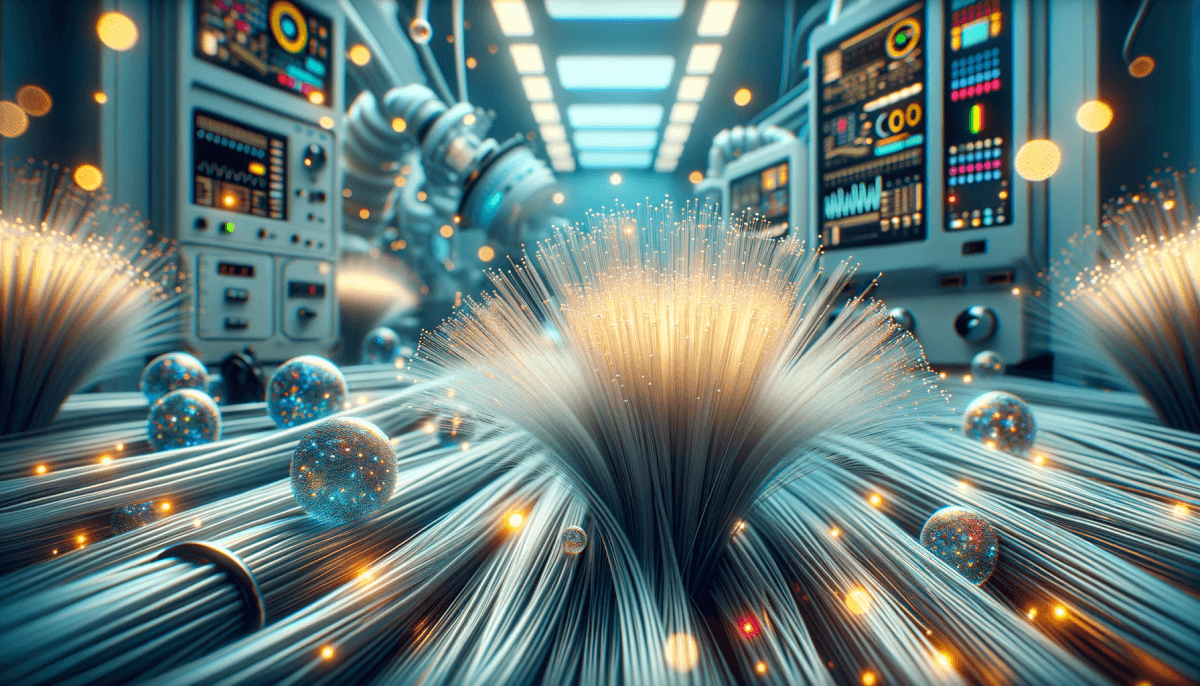Exploring the Limitless Potential of Fibre Optics and Data Cabling in Our Modern WorldCREATED BY LISA TAYLOR
Published: 19/08/2024 @ 15:23PM In today's digital age, data is the driving force behind innovation and progress. With the increasing demand for faster and more reliable data transmission, fibre optics and data cabling have emerged as the leading solutions. These technologies have revolutionised the way we communicate, work, and live, and their potential for the future is limitless. Innovative data, Transfer solutions flow free, Efficiency blooms The world of data transmission has come a long way since the days of dial-up internet and landline phones. With the rise of the digital age, the need for faster and more reliable data transfer has become crucial. This is where fibre optics and data cabling come into play, offering innovative solutions to meet the ever-growing demand for data transmission. Fibre optics, also known as optical fibres, are thin, transparent strands of glass or plastic that are used to transmit data in the form of light signals. These fibres are capable of carrying large amounts of data at incredibly high speeds, making them the preferred choice for long-distance communication. Data cabling, on the other hand, refers to the physical infrastructure used to connect devices and transfer data within a local area network (LAN). Together, these technologies have transformed the way we access and share information. One of the main advantages of fibre optics and data cabling is their ability to transmit data at lightning-fast speeds. Unlike traditional copper wires, which have limitations in terms of bandwidth and distance, fibre optics can transmit data at speeds of up to 100 Gbps over long distances. This makes it ideal for applications such as video conferencing, online gaming, and streaming high-definition content, where a stable and high-speed connection is crucial. Fibre optics and data cabling offer a more secure means of data transmission. The use of light signals instead of electrical signals makes it difficult for hackers to intercept and access sensitive information. This is especially important in industries such as finance, healthcare, and government, where data security is of utmost importance. In addition to speed and security, fibre optics and data cabling also have a lower risk of interference. Traditional copper wires are susceptible to electromagnetic interference, which can cause disruptions in data transmission. Fibre optics, on the other hand, are immune to such interference, making them a more reliable option for data transfer. The potential of fibre optics and data cabling goes beyond just faster and more secure data transmission. These technologies also have a significant impact on the environment. Unlike traditional copper wires, which require a large amount of energy to transmit data, fibre optics use light signals, which consume significantly less energy. This not only reduces the carbon footprint, but also results in cost savings for businesses and individuals. Fibre optics and data cabling have the potential to bridge the digital divide. In today's world, access to high-speed internet is essential for economic and social development. However, many rural and remote areas still lack access to reliable internet connections. With the use of fibre optics and data cabling, these areas can now be connected to high-speed internet, opening up opportunities for education, healthcare, and economic growth. The future of data transmission is constantly evolving, and fibre optics and data cabling are at the forefront of this evolution. With the emergence of 5G technology, the demand for faster and more reliable data transmission will only continue to grow. Fibre optics and data cabling are well-equipped to meet this demand and will play a crucial role in shaping the future of communication and connectivity. The potential of fibre optics and data cabling in our modern world is limitless. These innovative data transfer solutions have transformed the way we communicate and access information, and their impact will only continue to grow in the future. As we continue to rely on technology for our daily lives, the importance of fibre optics and data cabling cannot be overstated. They are the backbone of our digital world, and their potential for advancement and progress is truly remarkable. Until next time ... LISA TAYLOR
Call/WhatsApp: +447908230661
Share the blog love ... | | #FibreOptics #DataCabling #DigitalAge #Innovation #DataTransmission |
About ... | Lorem ipsum dolor sit amet, consectetur adipiscing elit. Nunc ornare augue felis, vel tempor sapien laoreet sit amet. Vestibulum ante ipsum primis in faucibus orci luctus et ultrices posuere cubilia curae; Nunc congue non enim a congue. Aliquam erat volutpat. Aliquam id varius odio, a tempor lectus. Aliquam pellentesque turpis sem, vel gravida libero dignissim ac. In blandit risus sit amet purus dapibus, lacinia ultricies ex vehicula. Nulla felis dui, convallis ut tellus vel, tempor tincidunt mi. Quisque porttitor vestibulum felis, at pulvinar erat convallis dignissim. Quisque sed mi ut leo tincidunt ullamcorper. Suspendisse id ante arcu. Donec eget felis lacinia, accumsan lectus at, luctus tellus. Proin aliquam, metus interdum tristique lacinia, purus nisl consectetur tortor, at faucibus ante felis sit amet augue. Suspendisse potenti. Fusce ornare augue id leo laoreet, nec convallis velit aliquet 💗 |
More blog posts for you to enjoy ... | | | | 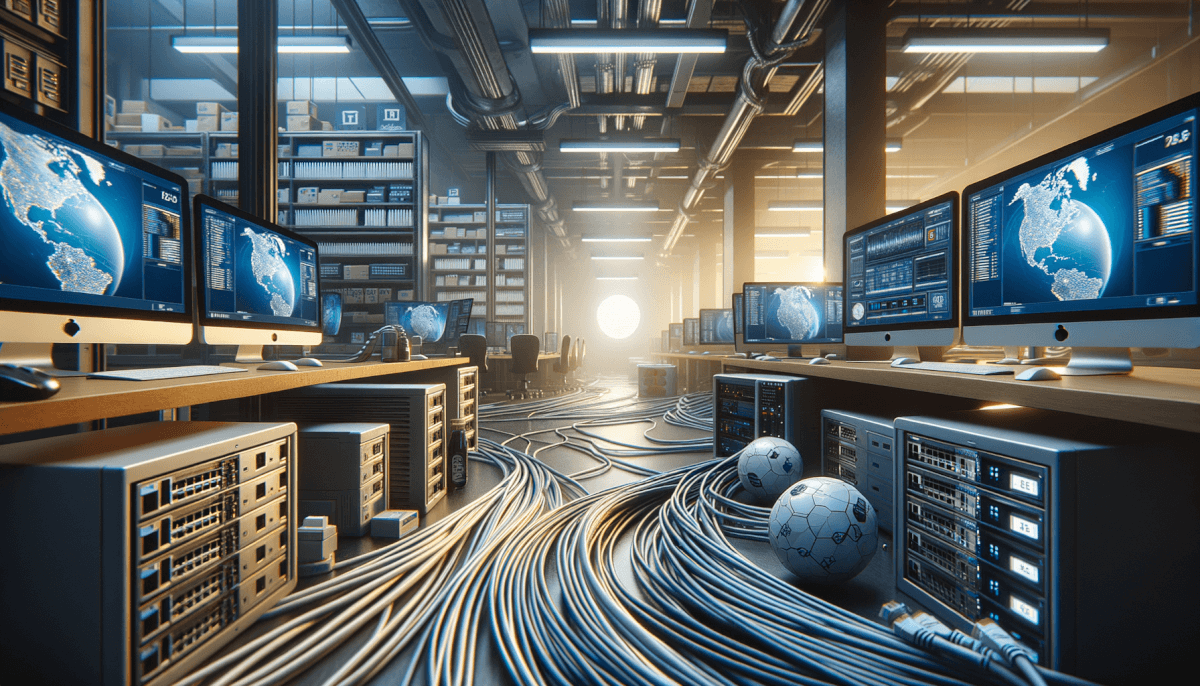
| | Unlocking the Full Potential of Your Office: Data Cabling Benefits In today's digital age, businesses are constantly looking for ways to improve their efficiency and productivity. One often overlooked solution is the use of data cabling in the workplace. By streamlining tasks and boosting e... | 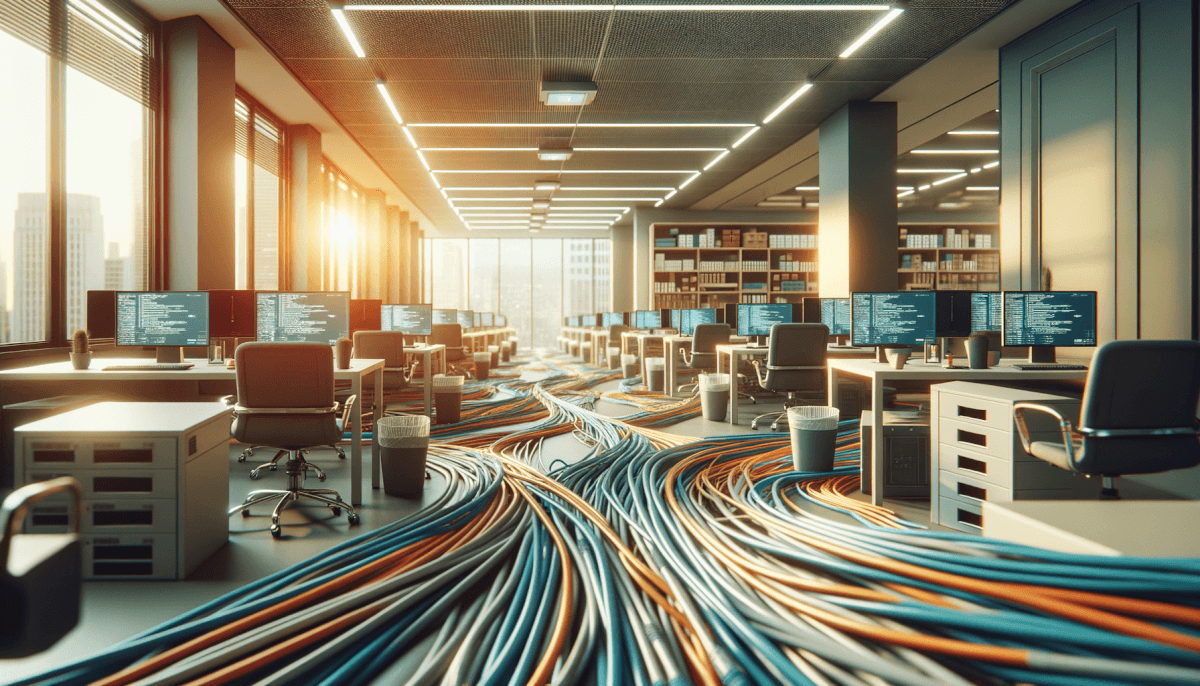
| | The Integral Guarantee: Ensuring Data Cabling Health & Safety in the UK In today's digital age, a strong and reliable network is crucial for the success of any business. However, with the increasing use of technology comes the need for proper data cabling health & safety measures. This is wh... | 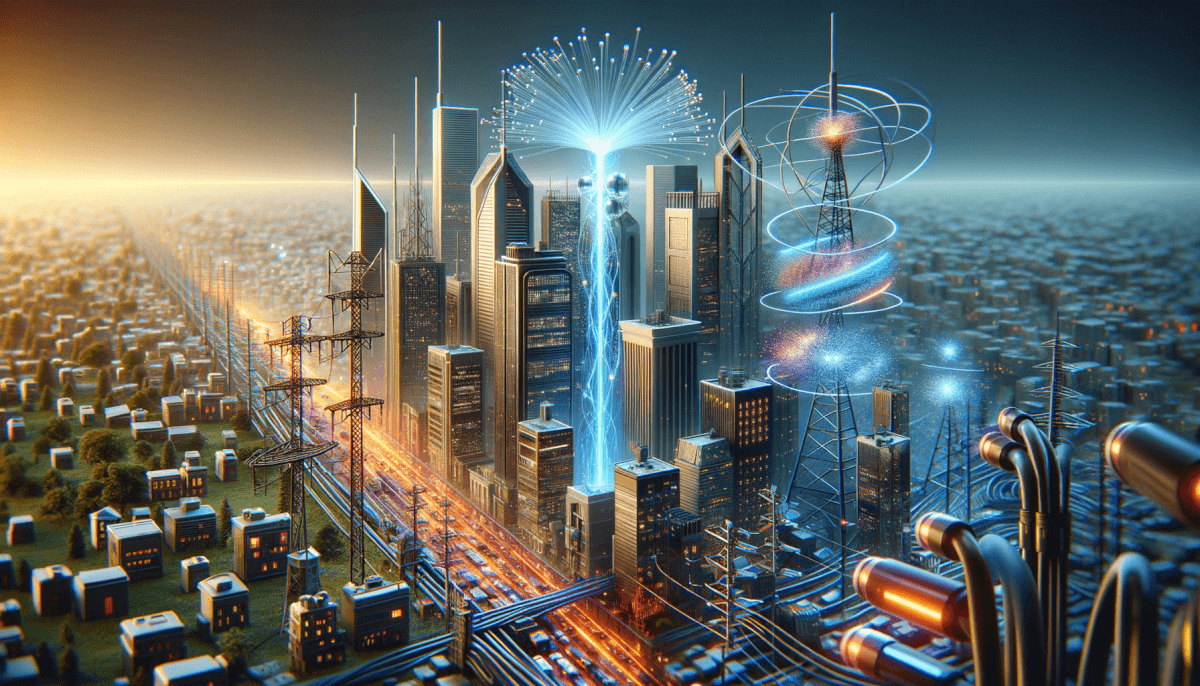
| | Data Cabling: A Brief History of Connecting the World Data cabling has played a crucial role in connecting the world and facilitating communication. From the early days of telegraphs to the modern fibre optic technology, data cabling has evolved significantly. ... | 
| | The Importance of Data Cabling Infrastructure for Efficient Business Operations In today's digital age, data cabling has become an essential component for any business looking to stay competitive and efficient. From ensuring reliable connectivity to supporting various devices and systems, a well-designe... | 
| | Get Your Network in Optimum Condition with a Free Network Health Check As technology continues to advance, the demand for a fast and reliable network is becoming increasingly important for businesses. However, many companies overlook the importance of maintaining their network infrastructure, w... | 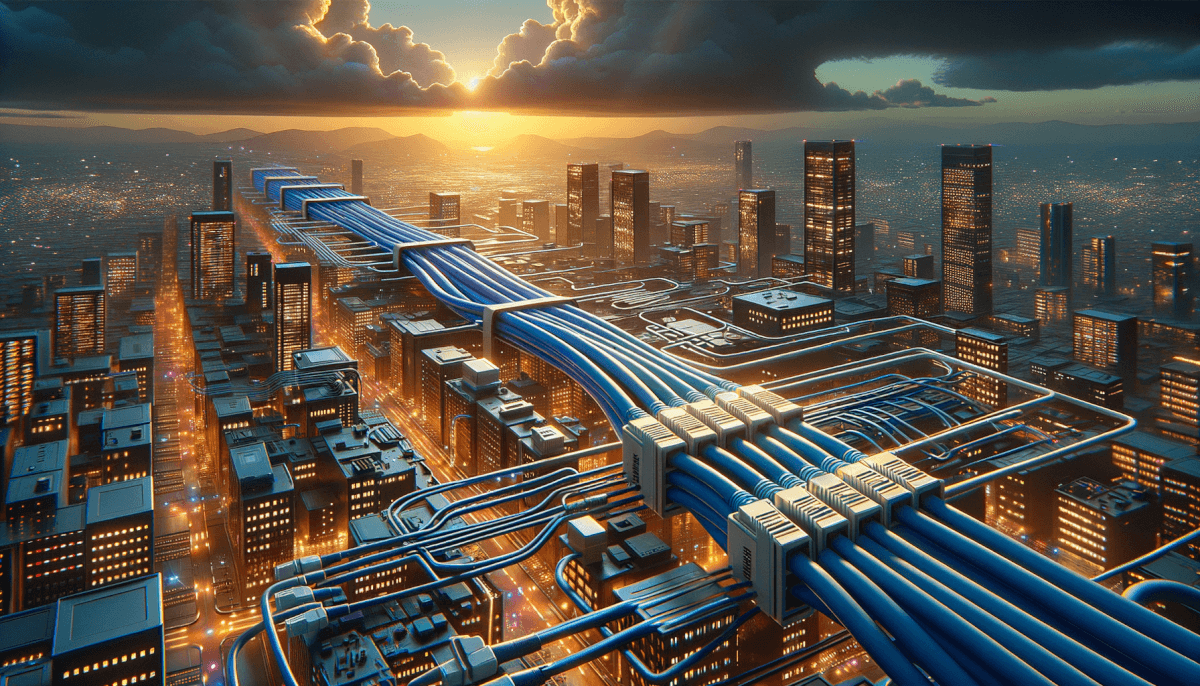
| | The Hidden Benefits of Cat6a Cabling: Improving Network Infrastructure in the UK In today's fast-paced digital world, having a reliable and efficient network infrastructure is crucial for businesses in the UK. Upgrading to Cat6a cabling may seem like a daunting and unnecessary task, but the benefits it o... | 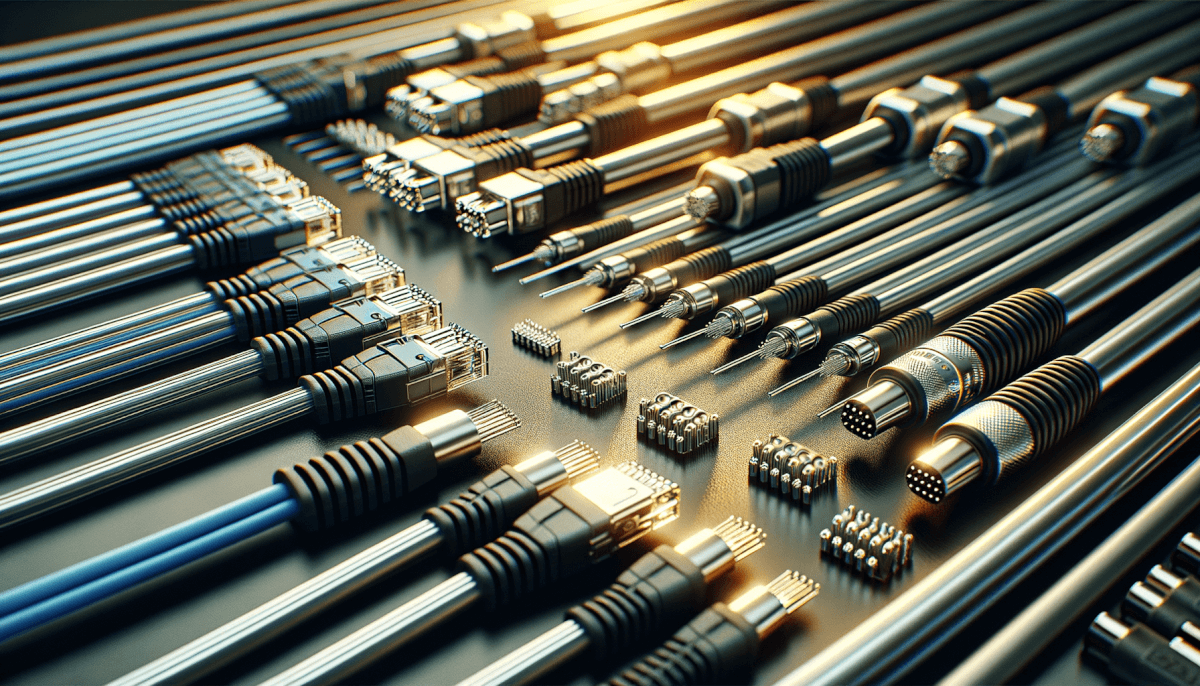
| | Innovative Cabling Solutions: Exploring Unique Uses for Data Cabling In today's digital age, data cabling is often associated with internet connections. However, there are countless other ways to use this technology to improve efficiency, organisation, and overall functionality in various ind... | 
| | From The Telegraph To Fibre Optics: How Data Cabling Revolutionised Communication Technology The world of communication has undergone a remarkable transformation over the years. It has changed from the days of the telegraph to the lightning-fast speeds of fibre optics. This evolution has been made possible by adva... |
Other bloggers you may like ... | | | |
© 2020-2025 by YourPCM Limited All rights reserved
No unauthorised use, duplication, or distribution of any text, images or audio contained within the pages of this blog is permitted without prior written permission of the author.
Many elements of this blog have been created by Artificial Intelligence and should not be used as a definitive source of facts. The author is not liable or otherwise legally responsible for the consequences of decisions you make based on anything you read, see or hear on the pages of this blog. Always consult a certified professional in your country of residence.
In addition, YourPCM Limited, its directors, employees and authorised agents are similarly not liable or otherwise legally responsible either. The sblogit.com platform is provided 'as is' and by viewing this page you agree with the terms of this statement. If you do not agree, you should leave now. YourPCM Limited is incorporated in the United Kingdom and only subject to the laws of England and Wales.
Be cool, stay froody, and always remember where your towel is!
 |
|
|
